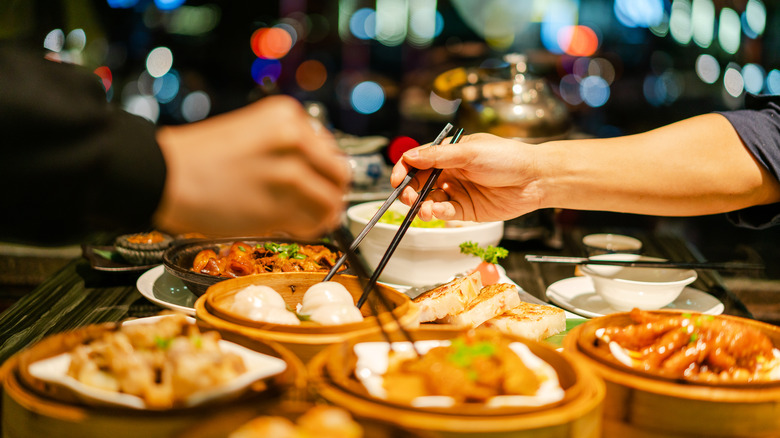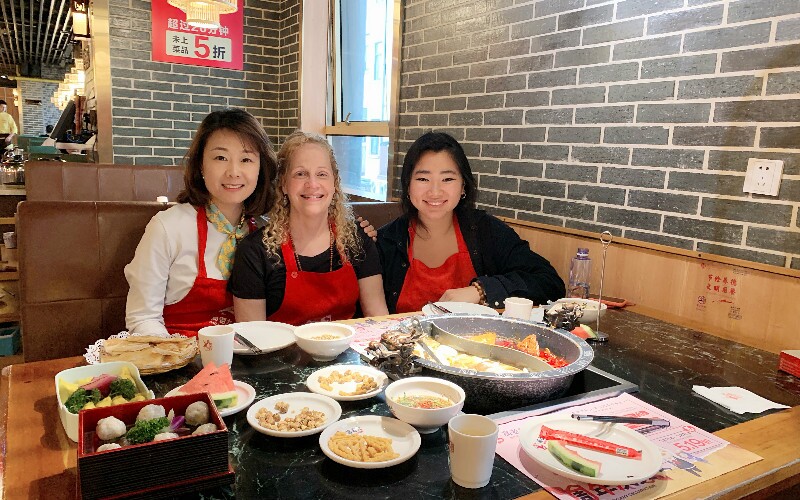1. Offer between 50-70% below the amount you quoted, and then start negotiating. To prove that you're serious, be respectful and firm.Pro: Helps you establish your position, without causing offence to the seller.Con The idea of starting too low could make sellers feel uneasy, especially in items that have a smaller margin.
2. What is the market value?Avoid overpaying by researching the cost of an item prior to purchasing.Pro: Prevents being scammed and builds confidence during negotiations.Con: It is time-consuming to research particularly for unique or handmade goods.
3. Show Genuine InterestTIP: Sellers might be more willing than normal to negotiate with you, if they think that you're really interested in purchasing.Pro: Builds rapport and increases the chance of getting a good deal.Con: Excessive enthusiasm could signal a willingness to pay more and weaken your case.
4. Walking Away StrategicallyTips: If the price isn't dropping take a step back at a slow pace. Sellers are likely to call you back and make an offer that is better.Pro: An effective tactic to ensure you get the lowest price.Pro: Could backfire if the seller really does not want to cut the price, particularly in the case of items that are highly sought-after.
5. Learn Basic Mandarin PhrasesTip: Phrases like "Tai gui le!" (Too expensive!) If you can make it cheaper, use "Pianyi" or "Yidian ba?" You must show effort.Pro: Personalizes negotiations and eases the seller's position.Cons: Limited phrases may not work in more complicated negotiations.
6. Be patient and CalmTips: It may take some time to bargain. Maintain a calm demeanor to keep from appearing desperate.Pro: Sellers reward patient and calm buyers with better deals.Cons: It takes time and effort, especially when there are lots of competitors.
7. Bring CashYou may find that sellers are willing to cut the price in cash payment instead of using electronic methods.Advantage: Cash-on delivery offers, particularly with small suppliers, can lead to discounts.Con: Carrying large sums of cash could expose you to risk in markets that are crowded with lots of people, due to pickpockets.
8. Group DiscountsTip: Ask for bulk discounts when you purchase multiple products.Pro: Increases bargaining power leading to a better price.Pro: It could need you to buy more than you need and might not be appropriate for your requirements.
9. Don't be afraid to Say NoTip. Be polite and decline to negotiate and walk away if the vendor does not agree to reduce the price.Pro: It can help you avoid buyers' remorse, and helps you stay in your financial limits.Cons: You could be unable to get an item you really wanted.
10. Know when not to bargainAvoid bargaining in supermarkets departmental stores, as well as high-end shops.Pros: Prevents embarrassment while keeping respect for culture.Cons: Reduces your opportunities to negotiate in certain situations.
The Benefits of Bargaining with ChineseNegotiating reduces the cost of items.Bargaining for culture gives the opportunity to explore the local customs, traditions and the various cultures.Personal Interaction: Forms a relationship with local sellers.The cons of bargaining in ChinaIt can be a long process, particularly for shoppers who aren't experienced.Language barriers can lead to communication issues.For some, bargaining can be a stressful experience.By following these guidelines, you will be able to navigate Chinese market with ease, and even enjoy the art haggling! Have a look at the best explore diverse Chinese dishes for more advice including culinary tours of China best cities, China culinary heritage, culinary experiences across China, China culinary heritage, culinary tours of China best cities, explore the best local eats in China, savor China regional food specialties, from street food to fine dining in China, the flavors of Chinese cuisine, explore local Chinese cuisine and more.

Ten Tips To Eat Well Etiquette In China
1. Tip: Wait for your host or server to guide you to your seating arrangement.Pro: Shows respect for customs and norms of the culture as well as the host's authority.Con: Casual settings may create confusion since it's not always obvious who the person who is hosting the event is.
2. Use Chopsticks ProperlyIt is not recommended to put chopsticks on the table while eating rice. This looks like an act of mourning. Use the chopstick holders or lay them flat on top of the dish or plate when they are not using them.Pro: Stops disrespectful behavior that is not intentional.Con: Learning proper chopstick etiquette might take practice for beginners.
3. Be respectful of the eldersAs a suggestion as a tip, let the senior or oldest person begin eating first. The food is usually served first.Pro: Keeps the traditional family and society hierarchies.Pros: This tradition could be omitted or not appreciated in casual settings.
4. Share DishesChinese meals are communal. All dishes are placed together in the center so that everyone has a chance to take part in the. Do not eat the last dish unless it is offered.Pros: It promotes the spirit of community and sharing experiences.Con The con: If sharing isn't your thing, you could be restricted on the foods you can enjoy.
5. Avoid Wasting FoodYou should only take what you can eat. It might seem unwise leaving food out in your food dish.Pro: Thank the host for their efforts.Cons: You may struggle to finish the meal if you underestimate your appetite.
6. Toast ProperlyIt's a nice gesture to demonstrate respect by placing your glass a little lower than that of older or more respected people.Pro: Shows politeness and an understanding of cultural hierarchy.Con: It can be difficult to remember in a big group of people with many toasts.
7. Don't flip the fishTips: In southern China, flipping the fish over after consuming only one portion brings bad luck. It symbolizes a capsized vessel.Pro: This can aid you in avoiding offending beliefs in your region.Contra: This custom may not be in place in northern China which could lead to different practices.
8. You Can Slurp or BurpSlurping noodles or soup isn't considered rude. It's a sign you are enjoying yourself. It is also considered acceptable to burp as a way to compliment the chef.Pro: Helps you unwind and enjoy your meal without worrying about some Western ways of eating.Cons: This might be in cause a conflict with your cultural norms and make you feel uncomfortable.
9. Chopsticks: Avoid Pointing At people with ChopsticksOnly use chopsticks to eat with. Use them only for eating.Pros: The restaurant has a a respectful atmosphere.Con It's easy to ignore this principle during lively discussions.
10. You should pay attention to the Bill PayerIn China hosts will usually insist on the payment of meals. While it's courteous however, expect to be met with to be met with resistance.Pro: Show your appreciation to the hostess's generosity.Cons: Being overly insistent much can come across as insincere or awkward.
Be a good observer of the Chinese Dining Etiquette to maximize its benefitsRespect for Culture: Keeping in mind local customs will foster goodwill among the people living there.Social Bonding. The practice of observing traditional values can create an appreciation and a sense of belonging.Avoids Missteps: Proper etiquette helps you navigate unfamiliar dining situations smoothly.Engaging in traditional customs will enhance your journey experience.Pros and Cons of Following China Dining EtiquetteComplex Rules: Many rules can be confusing for newcomers.Regional Variations: Etiquette norms can differ between regions, causing potential confusion.Time-consuming: Attending formalities may delay the start of your meal.Certain gestures that are not familiar: Some techniques like using chopsticks correctly requires effort and practice.It is possible to navigate Chinese dining etiquette effortlessly by following these guidelines. This will result in an enjoyable and pleasant experience for both you and your hosts. View the most popular explore China riCh food history for website recommendations including Chinese food culture guide, regional Chinese cuisine highlights, a deep dive into China food culture, taste the best dishes across China, Chinese cuisine you need to try, top Chinese food experiences, Chinese cuisine you need to try, discover the tastes of China cities, Chinese food you must try, the ultimate guide to Chinese cuisine and more.
